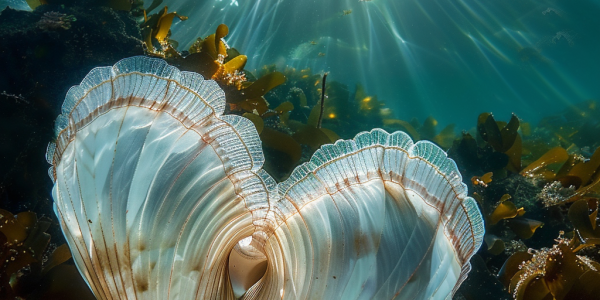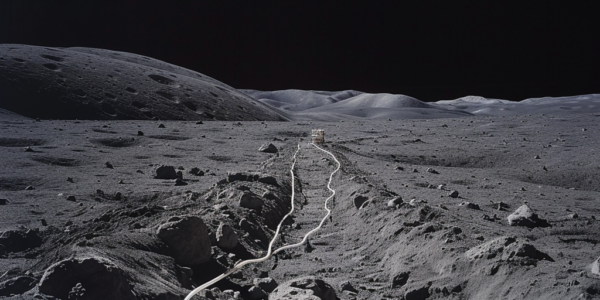Heart Cockles’ Shells Inspire Fiber Optic Innovations
Researchers have discovered that heart cockles, marine mollusks found in the Indo-Pacific, possess unique shell structures that function like fiber optic cables. This groundbreaking study reveals how these clams have evolved translucent areas in their shells to optimize light transmission for their symbiotic algae, offering insights that could inspire advancements in fiber optic technology and other fields.
Fiber Optic Gyroscope Developed to Monitor Ground Rotations in Seismically Active Area of Naples
Researchers in Naples, Italy have developed a state-of-the-art fiber optic gyroscope to monitor ground rotations caused by earthquakes in the Campi Flegrei volcanic region. This innovative technology aims to improve seismic activity understanding, enhance risk assessment, and strengthen early warning systems in densely populated areas. By capturing both linear and rotational movements during seismic events, the fiber optic gyroscope offers high-resolution, real-time monitoring capabilities. Integrating ground rotation measurements into existing sensor networks could provide valuable insights into volcanic earthquake signals, ultimately improving monitoring capabilities and risk mitigation strategies in seismically active regions.
Scientists Want to Lay Fiber Optic Cable on the Moon
Seismologists are exploring the idea of deploying a fiber seismic network on the Moon to detect quakes on the lunar surface. They want to know what triggers these events and have a plan in the works. With the Artemis mission picking up pace, the prospect of laying fiber optic cable on the Moon could soon become a reality.



